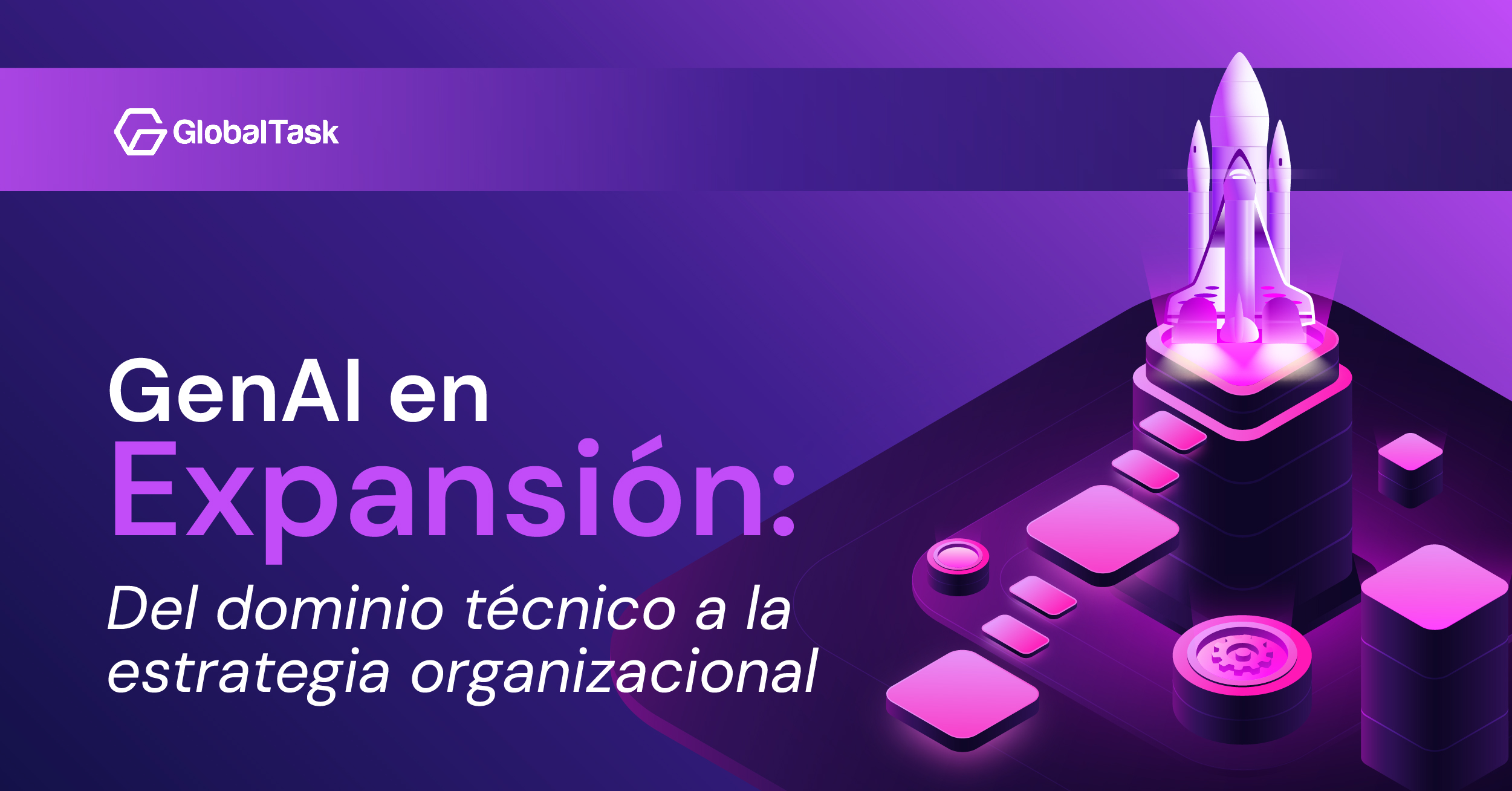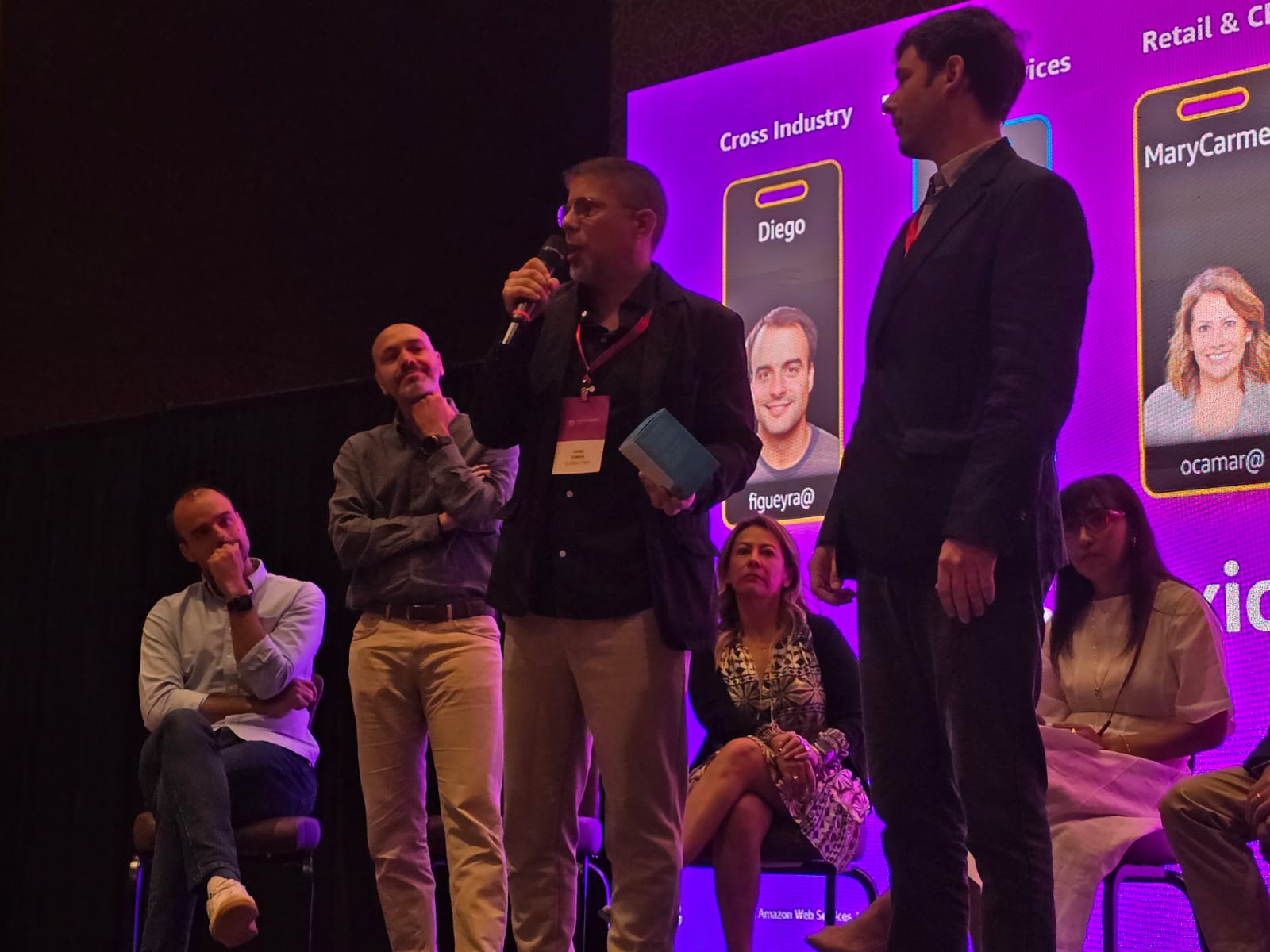The dialogue interface and GPT-3
GPT-3 has become the fastest-growing consumer app in history, skyrocketing to a 100 million user base in only the first two months.
Why? It has something to do with NLP (Natural Language Processing).
ChatGPT can create the illusion of human-like interaction. You can converse with it. So it is fair to say that its popularity is greatly dependent on its dialogue interface.
Many interesting end-user services and products are built on top of it, and many more will come.
So, conversational UI is one of the key aspects of its success, and also obviously the unsettling fascination of being able to interact with a (fictional) AGI for free.
However, there is another side to it, beyond its conversational interface, though also intrinsic to the possibilities of NLP models. It has already had a huge impact on science and academia, but it is starting to have also a massive impact on businesses.
NLP models as knowledge base communicators
NLP models can leverage the company’s knowledge and solve many serious problems derived from silos of information, technical or historical data complexity, and can act as patient mediators between the company’s knowledge thesaurus and its employees.
They can become a finely-tuned connective tissue that brings the accumulated knowledge of a business together.
Empowering users, employees and businesses
What is otherwise obvious is that these models, even in their primitive phase, can make people work more efficiently, more creatively and both employees and companies can benefit greatly from it.
Case uses of semantic knowledge base search models can be counted on the dozens, and this is just the beginning.
These models can give a fundamental plasticity to the knowledge base of a company so that each individual can learn what they need in order to perform what they want, in a way that is aligned with the goals of the organization.
For example, marketing analysts can leverage the NLP knowledge base models to synthesize, translate between different levels of complexity, understand and communicate better the company´s services.
New hires can accelerate their onboarding process with patient and didactic assistants, gaining a quicker edge within the broader context of the organization and their teams.
Users can also have immediate 24/7 support for their complex service or product queries.
This bridging of communication and complexity gaps will foster cross-domain collaborations and promote interdisciplinary problem-solving.
Stay tuned for our upcoming blog posts on IT strategy and related subjects.

